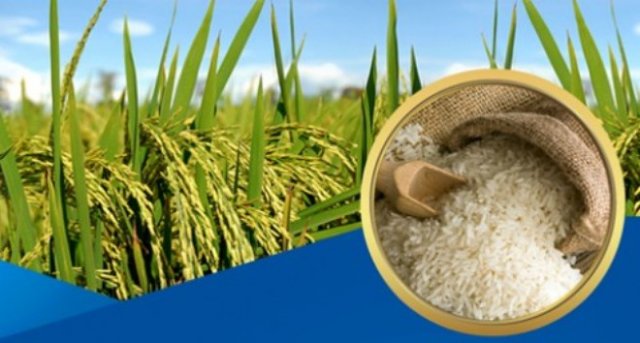VN gains $3.15 billion from rice export in 2018
VGP – In 2018, Viet Nam’s total rice exports reached 6.15 million tons, with export turnover of $3.15 billion, and the industry saw a 5.7% increase in volume and a 19.6% increase in value compared to 2017, according to the Department of Agro-product Processing and Market Development.
 |
Minister of Industry and Trade Tran Tuan Anh said with huge competition coming from major rice exporting countries, Vietnam has proven its capacity and its rice product has shown its quality.
The country’s exported rice structure saw a noticeable shift. White rice exports account for 51% of the total export revenue, while Jasmine and aromatic rice account for 32%, followed by glutinous rice and Japonica rice with 12% and 5%, respectively. Notably, low-quality rice accounts for only over 2% of the total export volume.
Last year, witnessed the continuous increase of paddy rice and dried rice, therefore, the income of rice growers has increased, creating a driving force for them to participate deeper in the production chains and linkages with enterprises.
In recent years, Viet Nam’s rice industry has paid more attention to promotion activities. The launch of Viet Nam’s national rice logo has reiterated the efforts to bring more rice to the world market.
The Decree No.107/2018/ND-CP on rice export businesses was issued and took effect on October 1 to replace Decree No.109/2010/ND-CP. It was considered as a breakthrough in the mechanisms and policies on rice exports, removing difficulties and creating a favourable environment for enterprises to develop.
The open policies will promote the expansion of consumption markets. Viet Nam’s rice exports are no longer dependent on traditional markets such as Indonesia, the Philippines and Malaysia. Now, they have entered difficult markets including the Republic of Korea RoK, Japan, Australia, Singapore and the U.S.
In the coming time, the development of the Vietnamese ricebrand, particularly high-quality varieties, should be enhanced.
By Vien Nhu
